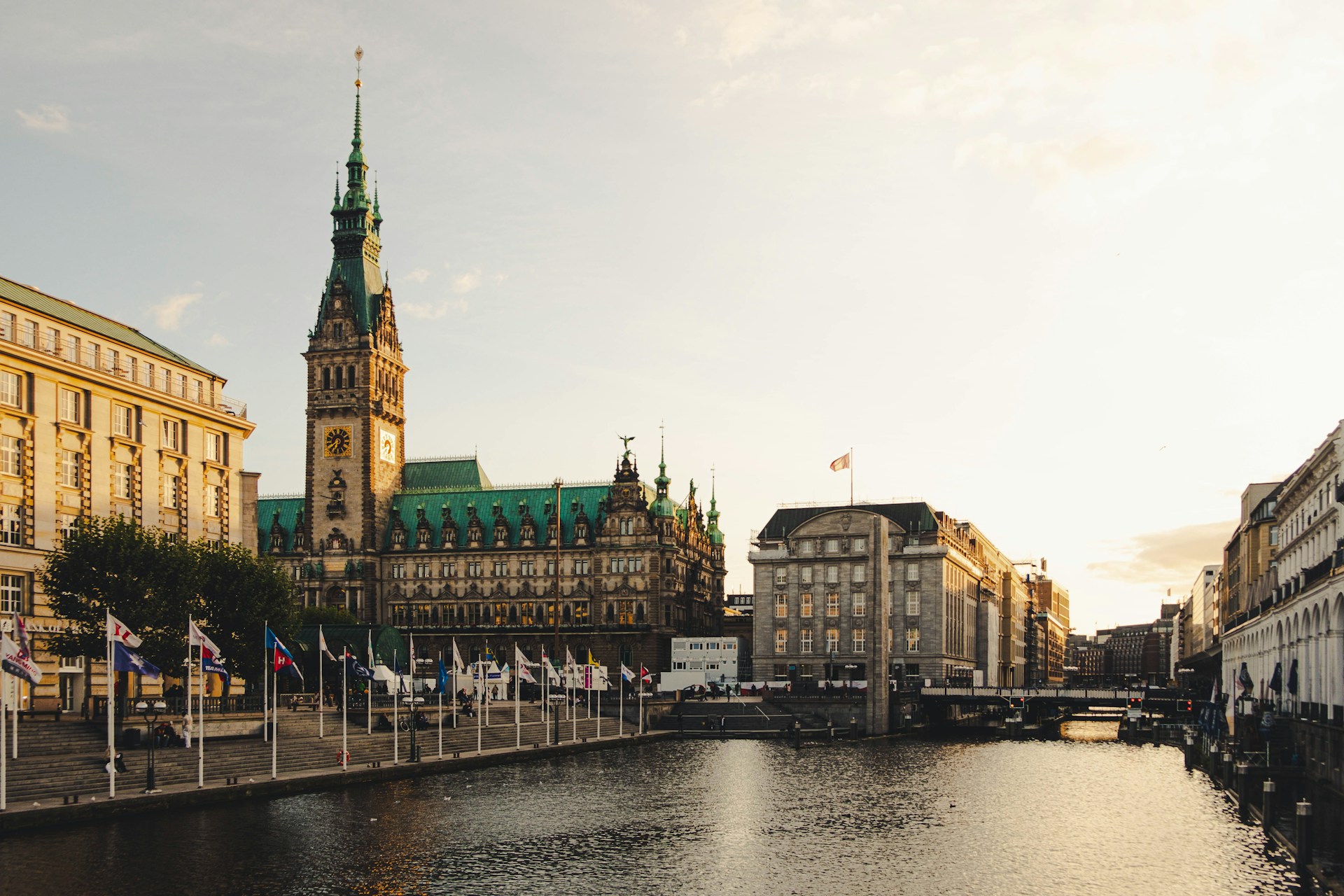Germans are experiencing and expressing stronger emotions than ever before, according to the latest SKL Happiness Atlas. The study also reveals a narrowing gap in satisfaction between east and west – and the happiest place in Germany.
For decades, Germany has been known for its rational approach to life – a nation where composure and pragmatism are generally valued above emotional display. New research suggests the grounds on which this reputation is built may be shifting.
A surge of emotions
The 2025 Happiness Atlas, a comprehensive annual study conducted by the University of Freiburg in partnership with the South German Class Lottery (SKL), reveals a marked increase in emotional intensity among Germans, with both positive and negative feelings on the rise.
Thirty percent of respondents now report feeling anger often or very often – an increase of eight percentage points since 2023.
Similarly, 22 percent frequently experience fear (up by eight points), and 28 percent report regular sadness (up by seven points).
Yet, it’s not all doom and gloom: the proportion of people who often feel happy has also jumped, reaching 57 percent – a rise of 12 percentage points.
The study’s authors suggest these changes reflect broader social and economic pressures, as well as a growing willingness to acknowledge and discuss emotions.
What is the Happiness Atlas?
The SKL Happiness Atlas is Germany’s leading annual survey on life satisfaction and well-being. Each year, over 13,000 people aged 16 and above are interviewed by the Allensbach Institute for Public Opinion Research, with additional surveys focusing on work, income, family, and leisure.
The study combines subjective self-assessments with objective indicators such as income, infrastructure, environment, and safety, providing a nuanced picture of how Germans perceive their quality of life.
READ ALSO: Five of the best ways you can do volunteer work in Germany
The Covid effect
The Covid pandemic left a deep mark on German society, but the latest findings suggest the country has largely recovered in terms of overall happiness.
On a scale from 0 (not at all satisfied) to 10 (completely satisfied), Germans rated their average life satisfaction at 7.09 in 2025, almost identical to pre-pandemic levels and slightly higher than last year.
However, the pandemic’s impact was not felt equally across all age groups. Young adults (16–25) now report higher satisfaction than before the pandemic, with a notable increase of 0.11 points.
In contrast, older adults (61–74) have seen their satisfaction decline, citing inflation and increased loneliness as key factors.
Advertisement
The study also notes that while satisfaction with work, family, and leisure has improved, satisfaction with income has dropped significantly.
“It is particularly striking that this decline is exclusively in the lower income groups,” note the authors of the study.

This widening gap between rich and poor is a cause for concern, in other words, even as other aspects of life slowly return to normal.
The survey also concludes that leisure satisfaction in Germany has made a notable recovery following the end of Covid restrictions.
Nevertheless, the overall average for leisure satisfaction (7.20 points) remains below levels seen in the 2010s.
According to the authors of the study, this long-term decline can be attributed to increased prices for leisure activities, more time spent on social media at the expense of meaningful connections, and fewer face-to-face meetings with friends and acquaintances.
READ ALSO: Ten of the best German cities for foreigners to retire
The happiest places to live in Germany
For anyone thinking about where to live in Germany, the Happiness Atlas offers valuable insights into regional differences.
Hamburg once again tops the rankings as the happiest federal state, with an average satisfaction score of 7.33 out of 10. Bavaria, Rhineland-Palatinate, and North Rhine-Westphalia also perform strongly, maintaining their positions among the most contented regions.
READ ALSO: Why Hamburg has just been named the happiest place to live in Germany
Advertisement
At the other end of the spectrum, Mecklenburg-Western Pomerania remains the least satisfied state (with a score of 6.06), with Saarland, Berlin and Bremen also at the lower end of the rankings.
The gap between eastern and western Germany, historically significant, has narrowed to just 0.24 points – the smallest difference in years.
This convergence is largely due to a stronger increase in well-being in the eastern states, which gained 0.12 points compared with just 0.02 in the west.
When it comes to family life, the overall figure for 2025 (7.61) is below the average for the pre-coronavirus years 2016-2019.
The authors attribute this to a decline in marriages and births. At the same time, the number of single parents and households with people in need of care is rising.
READ ALSO: Why part-time workers are less happy than full-timers in Germany
The generation divide
The study highlights a growing generational divide in life satisfaction.
Young people, especially those in western states, are enjoying higher levels of well-being than before the pandemic.
In contrast, older adults are facing new challenges. Inflation and the rising cost of living have eroded financial security, while increasing loneliness is taking a toll on mental health.
Advertisement
Disclaimer : This story is auto aggregated by a computer programme and has not been created or edited by DOWNTHENEWS. Publisher: thelocal.de




